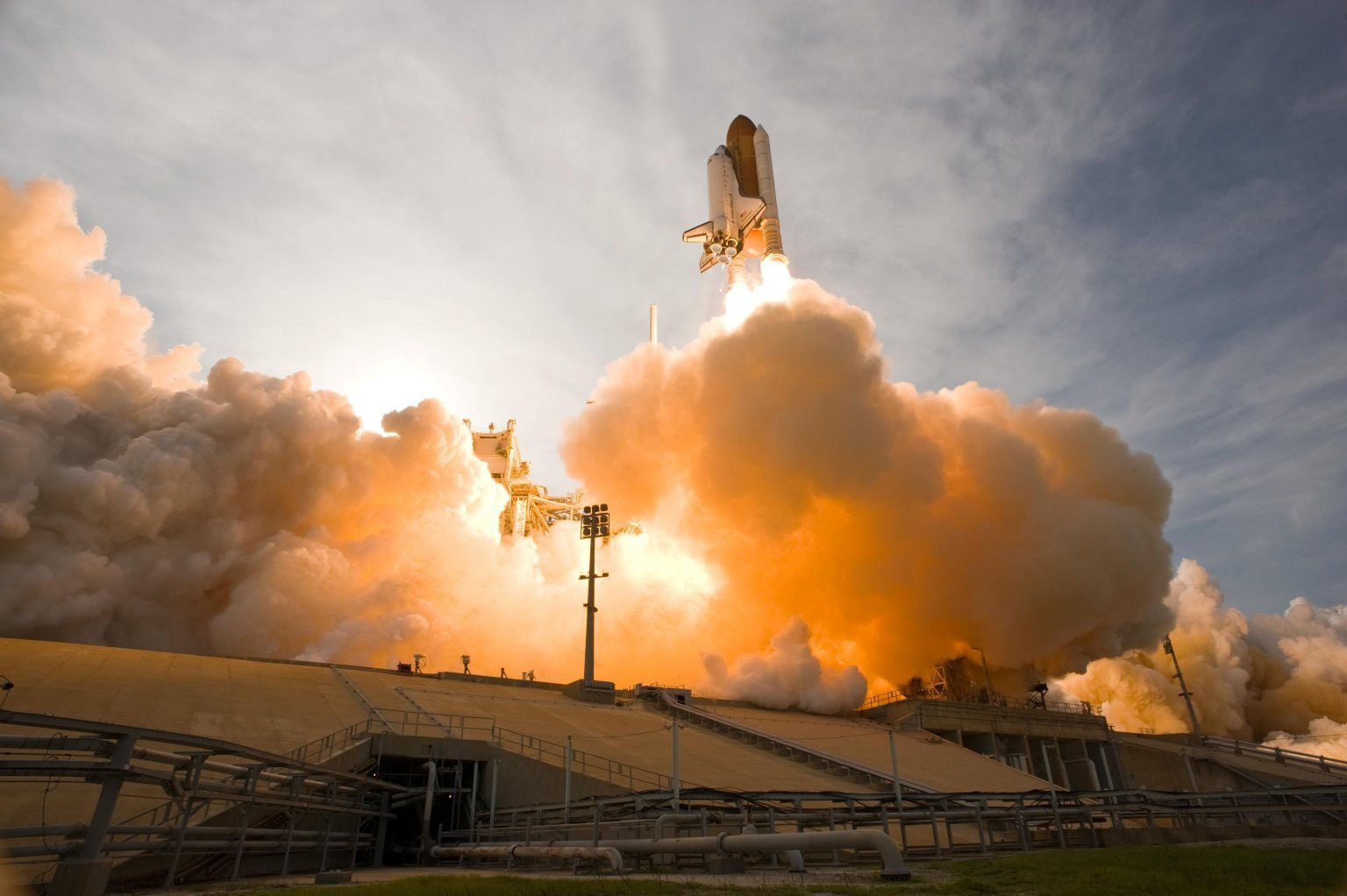In the aerospace industry, cables must meet several critical requirements to ensure optimal performance. They must be flexible and resistant to abrasion to enable routing through complex airframe paths, including around corners and through holes, without compromising their integrity. Furthermore, they must be lightweight, flame-resistant, and able to withstand shocks, vibrations, corrosion, and extreme temperatures, as well as provide strong electromagnetic protection.
Aerospace cables find use in various applications, including airframes, where they are exposed to the harshest environmental conditions such as undercarriage, fuel tanks, and landing gear. Leak-free, reliable electrical connections allow for the use of electrical harnesses instead of hydraulic actuation, resulting in significant weight savings.

